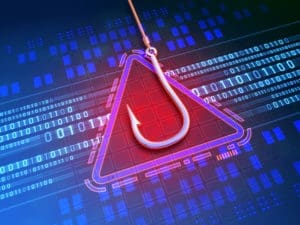
“See Yourself in Cyber” is the theme of the 2022 Cybersecurity Awareness Month, encouraging computer users to recognize their own power to detect and protect themselves from cybercrime. Few of us can say that we’ve never been tripped up by the social engineering of a highly effective phishing email. An email arrives, purporting to be from a trusted individual or friend, and it preys on one’s basic instincts (“See yourself in this video!” “Take action to protect your account!” “Check out this lurid picture!”) One click later, and you’ve downloaded nefarious malware or been conned into sharing your password or financial information.
The Federal Trade Commission (FTC) has been educating consumers about phishing since the mid-1990s
The FTC took its first legal action in a phishing case in 2004. The case involved a 17-year-old California male who recreated a page from America Online and used it to collect credit card numbers from unwitting computer users. At the same time, the nation’s then-third largest internet provider, Earthlink, was the inspiration for similar phishing scams, with more than half of the known phishers under age 18. In another phishing scam prosecuted by the FBI, a 55-year-old woman ran a fake “AOL Billing Center” from her home in Ohio.
In the California case, the scammer reportedly paid a $3,500 fine and was banned for sending spam for life. Because of the scammer’s age, his name was not released, and no criminal charges were filed. One can only hope the scammer has gone on to use his talents for good.
If you are the victim of a phishing scam, report the scam to the FTC at reportfraud.ftc.gov.
Did you enjoy this installation of SmarterMSP’s Tech Time Warp? Check out others here.
